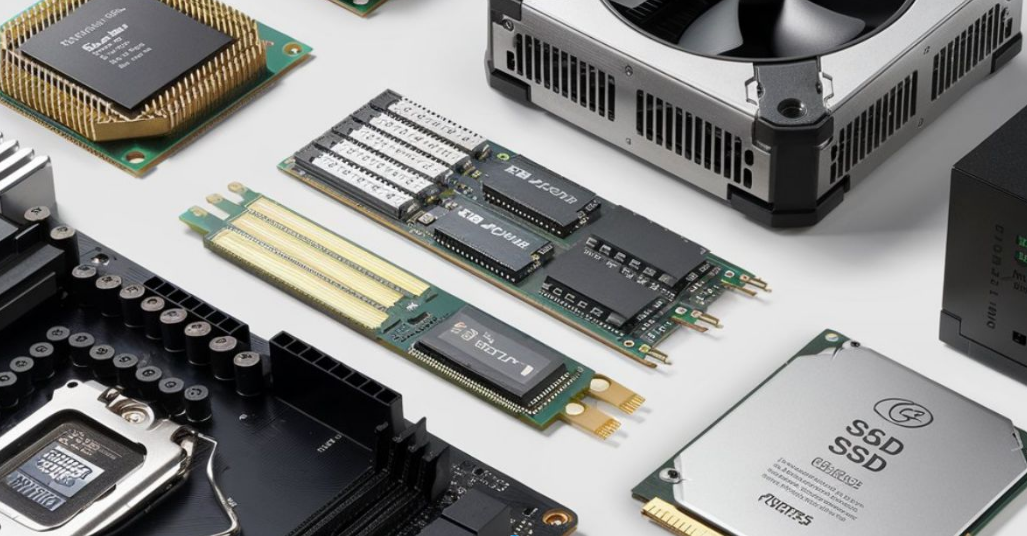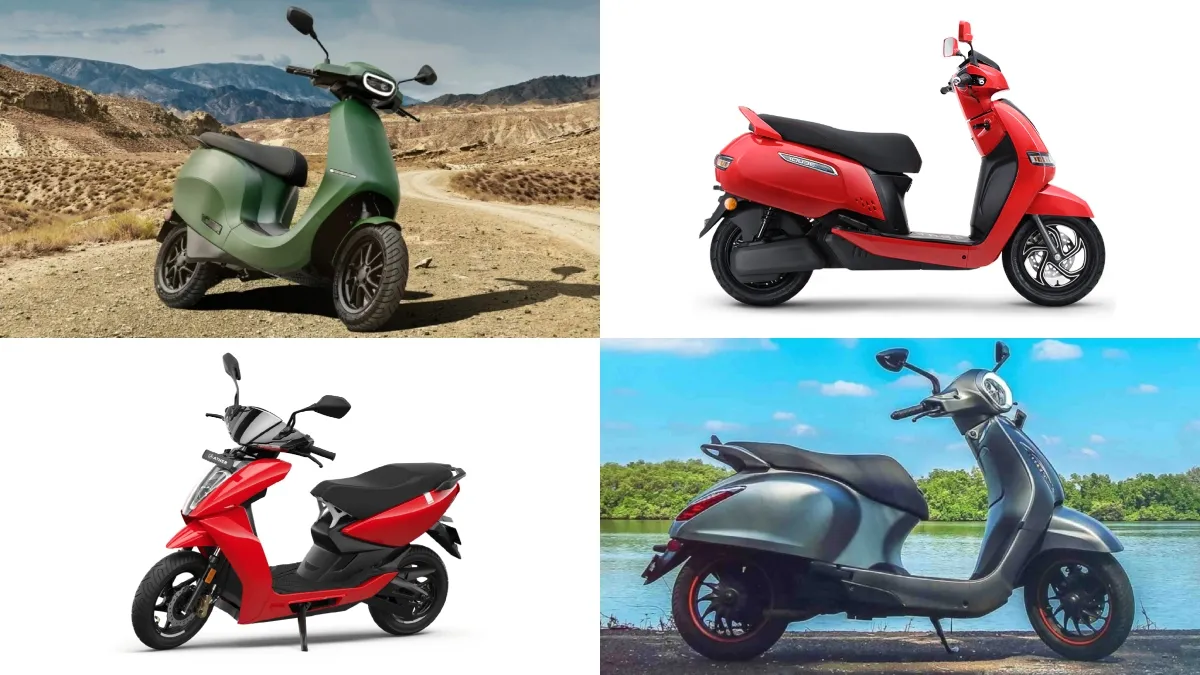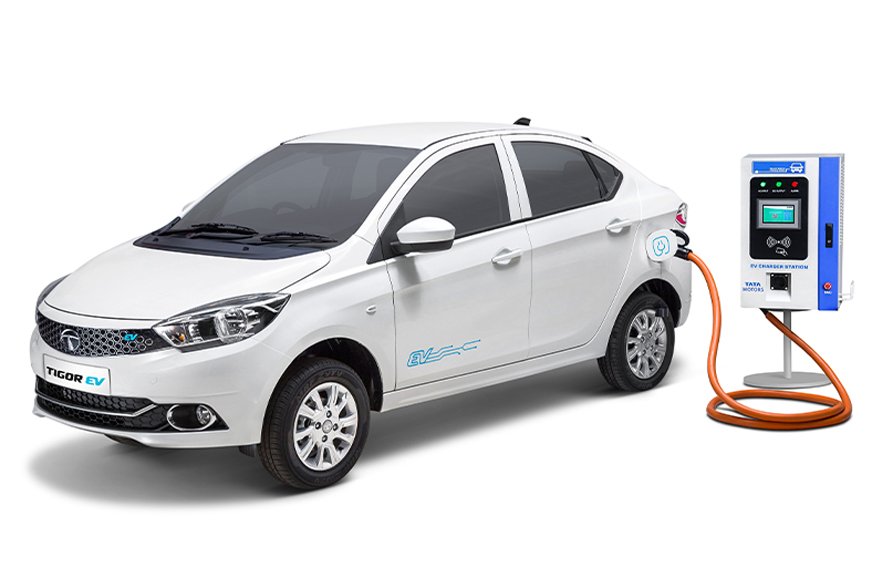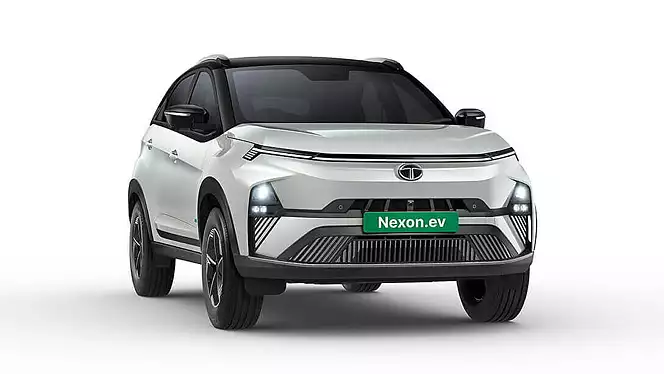Indian electric scooters have become increasingly popular in recent years, reflecting a broader global trend towards sustainable and eco-friendly mobility solutions. As the demand for electric vehicles (EVs) rises, Indian manufacturers have entered the electric scooter market, offering a variety of models with features tailored to the local market. In this article, we will explore the key players, notable models, and the impact of Indian electric scooters on the country’s transportation landscape.
Introduction
India, a country known for its bustling streets and vibrant energy, is at the forefront of a silent revolution that is transforming the way its citizens commute – the electric scooter boom. In recent years, electric scooters have gained immense popularity in the country, offering a cleaner, greener, and more economical alternative to traditional petrol-powered vehicles. This article explores the rise of electric scooters in India, delving into the factors contributing to their success and the impact they have on the country’s transportation landscape.
Eco-Friendly Commuting
One of the primary drivers behind the surge in electric scooter adoption in India is the growing concern for environmental sustainability. With air pollution reaching alarming levels in many Indian cities, there is an increasing awareness of the need to reduce carbon emissions and combat climate change. Electric scooters, being emission-free during operation, present a sustainable solution to address these environmental challenges. The government’s push for a cleaner and greener India has further incentivized the adoption of electric vehicles (EVs), including scooters.
Government Initiatives and Incentives
The Indian government has taken several measures to promote the use of electric vehicles, including scooters, as part of its ambitious vision to transition to a predominantly electric mobility ecosystem. Initiatives like the Faster Adoption and Manufacturing of Hybrid and Electric Vehicles (FAME) scheme have been instrumental in providing financial incentives to both manufacturers and consumers. Subsidies, reduced taxes, and other incentives make electric scooters more affordable, encouraging people to make the switch from conventional petrol scooters.
Affordability and Cost Savings
Electric scooters offer a compelling proposition for consumers in terms of both affordability and cost savings. While the initial purchase cost may be slightly higher compared to traditional scooters, the operational expenses are significantly lower. Charging an electric scooter is considerably cheaper than refueling a petrol scooter, and the maintenance costs are minimal due to the simpler design of electric drivetrains. Additionally, some state governments offer additional benefits such as waived road taxes and registration fees for electric vehicles, making them an attractive option for budget-conscious consumers.
Infrastructure Development

The success of electric scooters is closely tied to the expansion of charging infrastructure. Recognizing this, the government and private companies have been actively working to establish a robust charging network across the country. Public charging stations, both fast and regular, are being set up in urban areas and along highways to alleviate concerns about range anxiety. As charging infrastructure continues to improve, it will further boost the confidence of consumers in adopting electric scooters as their primary mode of transportation.
Technological Advancements
The electric scooter market in India has witnessed remarkable technological advancements, leading to improved performance, longer range, and enhanced features. Battery technology has been a focal point, with lithium-ion batteries becoming more affordable and efficient. Swappable battery systems are gaining traction, offering a quick and convenient solution for extending the range without the need for lengthy charging stops. Moreover, smart features such as connectivity, GPS tracking, and mobile app integration are becoming standard in many electric scooters, enhancing the overall user experience.
Challenges and Opportunities
While the electric scooter industry in India is experiencing rapid growth, it is not without its challenges. Limited awareness, concerns about charging infrastructure, and the upfront cost of electric scooters remain hurdles that need to be addressed. However, these challenges also present opportunities for innovation and collaboration between the government, manufacturers, and other stakeholders. Initiatives to increase public awareness, streamline subsidies, and further develop charging infrastructure will play a crucial role in overcoming these obstacles.
Conclusion
The electric scooter revolution in India signifies a transformative shift towards sustainable and eco-friendly mobility. With the government’s unwavering support, the affordability of electric scooters, advancements in technology, and the development of charging infrastructure, the future looks promising for electric mobility in the country. As more consumers embrace electric scooters, India is poised to become a global leader in the electric vehicle space, contributing to a cleaner environment and a more sustainable future. The electric scooter, once considered a niche, is now an integral part of India’s journey towards a greener tomorrow.
Internal link: opticalsworld









